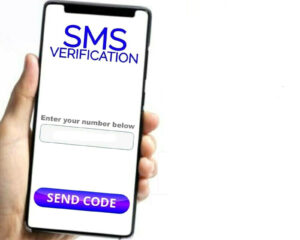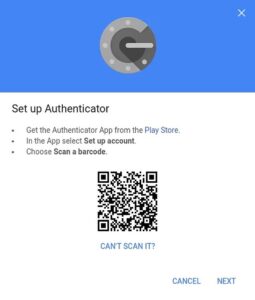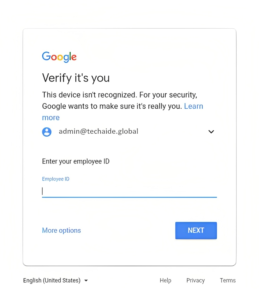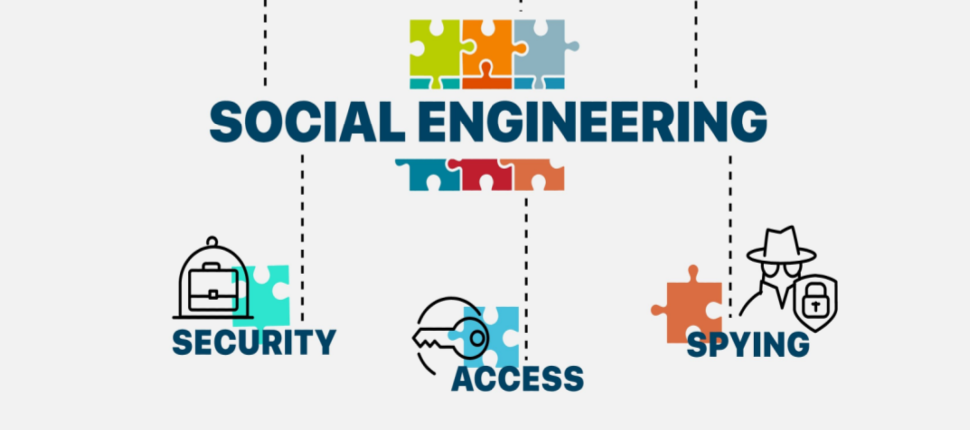
How School Proprietors Can Protect Themselves from Hackers
As a school proprietor, it’s important to take measures to safeguard your sensitive information and protect it from cyber threats. Two-step verification is an effective security tool that can help you achieve this goal.
What is a Two-Step Verification?
It is a security process that requires two different methods of authentication to verify the identity of a user attempting to access an account. It is also known as a Two-Factor Authentication (2FA). This additional security layer helps to prevent unauthorized access to sensitive accounts.
2FA typically involves the use of a username and a password in its first step. It also requires a separate method of authentication such as entering a unique code sent to the user’s phone via text message or using a physical security token for its second step
Types of Two-Factor Authentication
- SMS or text message verification: This involves receiving a unique code via text messages to enter as the second authentication factor.

- App-based authentication: This involves using a mobile app, such as Google Authenticator or Microsoft Authenticator, to generate a unique code that must be entered as the second factor.

- Email-based authentication: This involves receiving a unique code via email to enter as the second factor.

- Biometric authentication: This involves using a physical characteristic, such as a fingerprint, facial recognition, voice recognition, or eye scanner to verify the user’s identity as the second factor.
- Phone call-based authentication: This involves receiving an automated phone call that asks the user to enter a unique code as the second factor.
By implementing these measures, you can protect your school’s sensitive information from cyber threats and secure your accounts with an extra layer of security provided by two-step verification.








